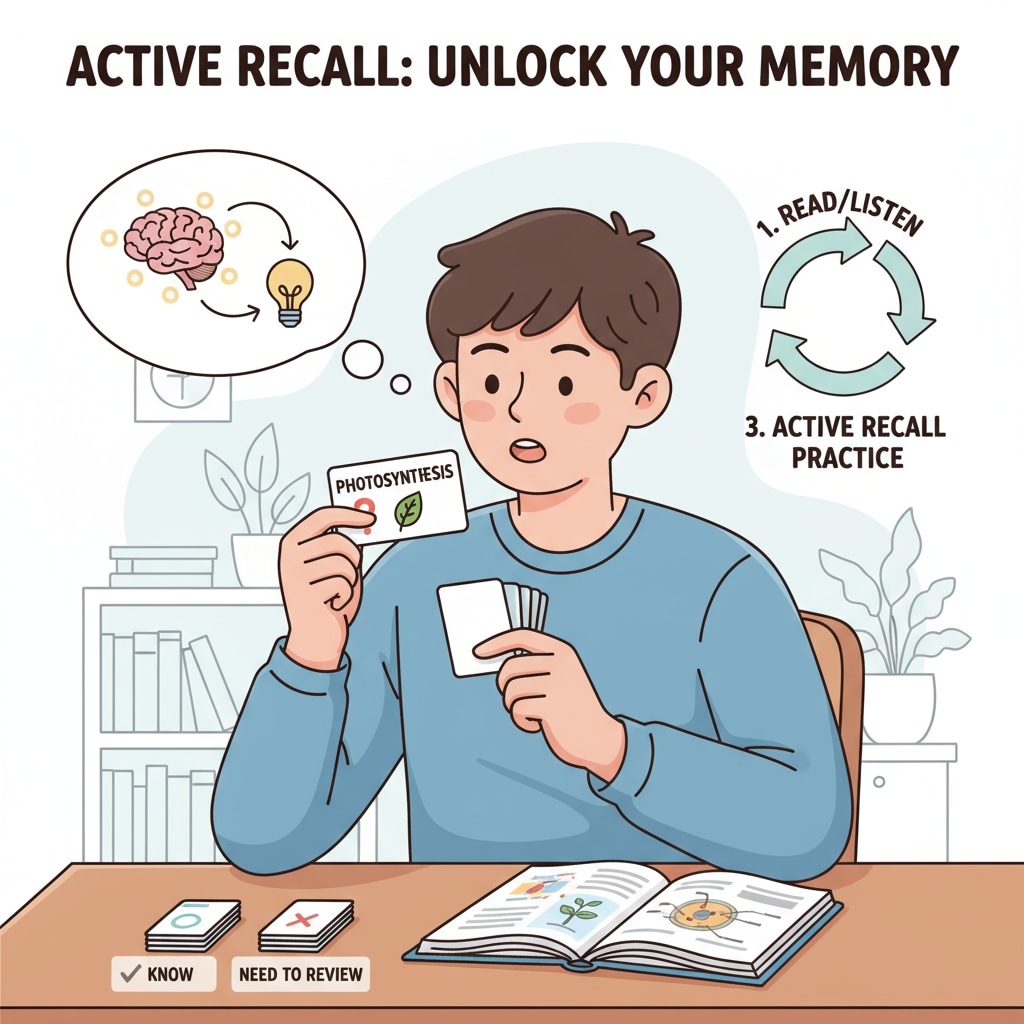Legal learning, active recall, and spaced repetition are key elements in revolutionizing the way students learn, especially in the context of K12 education. In traditional learning, students often engage in passive reading, which may not lead to deep understanding and long-term retention of knowledge. However, by adopting strategies inspired by law school learning, we can transform the learning experience for K12 students.
The Limitations of Passive Reading
Passive reading, a common practice in K12 classrooms, involves simply going through the text without much interaction. Students may read a chapter in a textbook, but they might not truly engage with the material. This method often results in surface-level understanding and poor knowledge retention. For example, students may forget what they’ve read soon after finishing the assignment. According to Psychology Today, passive reading doesn’t stimulate the brain in ways that promote long-term memory formation.

The Power of Active Recall
Active recall, on the other hand, requires students to actively retrieve information from their memory. In legal learning, this could mean answering practice questions, discussing cases, or summarizing key points. For K12 students, methods like flashcards and short quizzes can be highly effective. When students use flashcards, they test their memory by trying to recall the information on the other side. This forces the brain to work harder and strengthens the neural connections related to that knowledge. As research has shown, active recall significantly improves knowledge retention compared to passive reading.

Another aspect of active recall is self-testing. By creating small quizzes for themselves, students can identify areas where they need more study. This not only helps in better understanding of the subject but also builds confidence as they see their progress.
Spaced Repetition for Long-Term Memory
Spaced repetition is a crucial component in ensuring long-term knowledge retention. It involves reviewing information at increasing intervals over time. In law school, students often use this technique to study complex legal concepts. For K12 students, it could mean reviewing flashcards or notes at specific intervals. For example, starting with a review after a day, then after a week, and gradually increasing the time between reviews. This way, the information moves from short-term to long-term memory. Research from Learning Theories has demonstrated the effectiveness of spaced repetition in enhancing memory recall.
Implementing spaced repetition can be made easier with the help of various apps and tools. These tools can schedule reviews for students, making it a seamless part of their study routine.
In conclusion, by shifting from passive reading to active recall and incorporating spaced repetition, K12 students can experience a significant improvement in their learning efficiency. These strategies, inspired by legal learning, can lay a solid foundation for lifelong learning. Students will not only retain knowledge better but also develop critical thinking and study skills that will benefit them in the long run.
Readability guidance: The article uses short paragraphs and lists to summarize key points. Each H2 section provides a clear focus on a specific aspect of the learning methods. Passive voice is minimized, and long sentences are kept to a reasonable proportion. Transition words are used throughout to enhance the flow of the article.


